Eat + TRINK | The Yin-Yang of Lagrein and Jing Jiang Rou Si
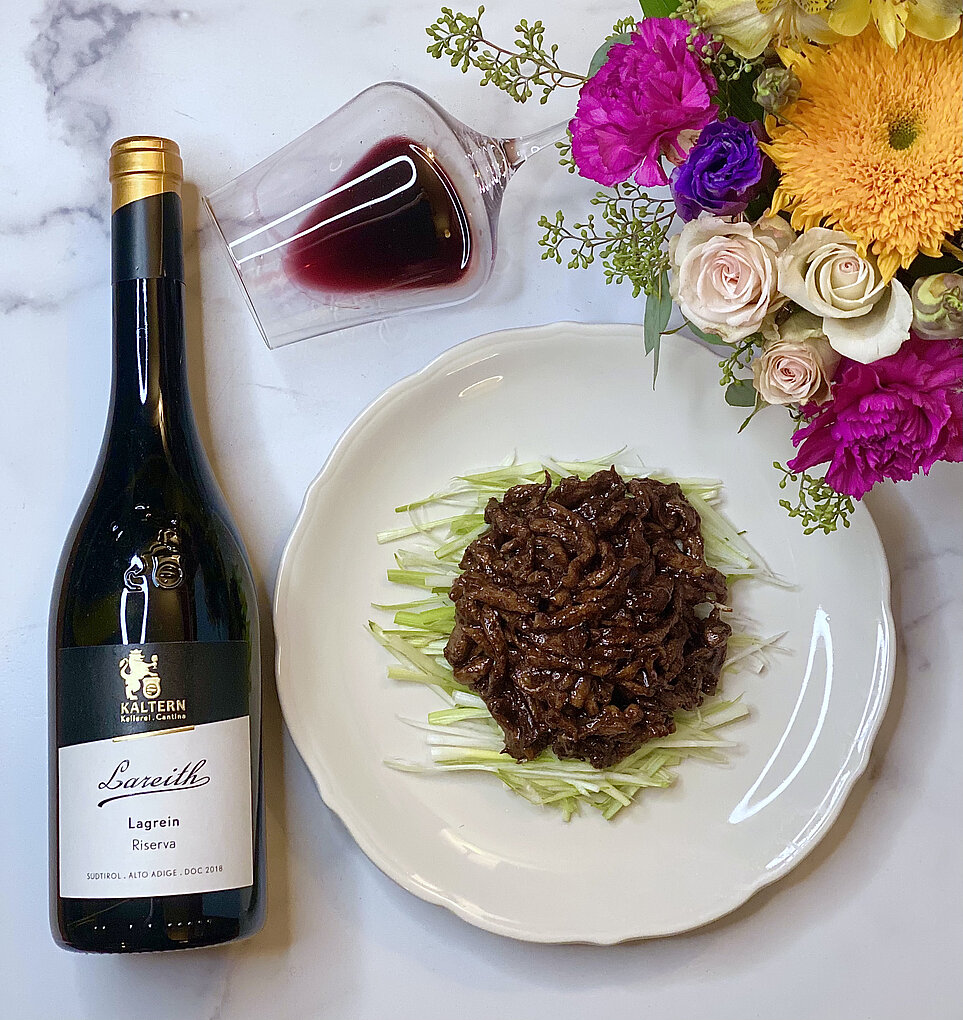
TRINK Magazine | It was a wine, not a memory, that motivated Joyce Lin to make Jing Jian Rou Si: the Kellerei Kaltern 2018 Lagrein Riserva ‘Largeith.’ Recipe and pairing included.

TRINK Magazine | It was a wine, not a memory, that motivated Joyce Lin to make Jing Jian Rou Si: the Kellerei Kaltern 2018 Lagrein Riserva ‘Largeith.’ Recipe and pairing included.
Born and raised in Taiwan, now based in NYC, Joyce Lin is a sommelier, writer, educator, and wine consultant, holding both CMS and WSET 3 certifications. Joyce’s interests in food and wine led her to create 酒意思Sip with Joyce, an omnichannel platform providing wine pairing ideas with daily meals, specializing in Asian cuisines. Joyce believes that through food and wine, people of diverse backgrounds can be unified and share the joy of life with each other.
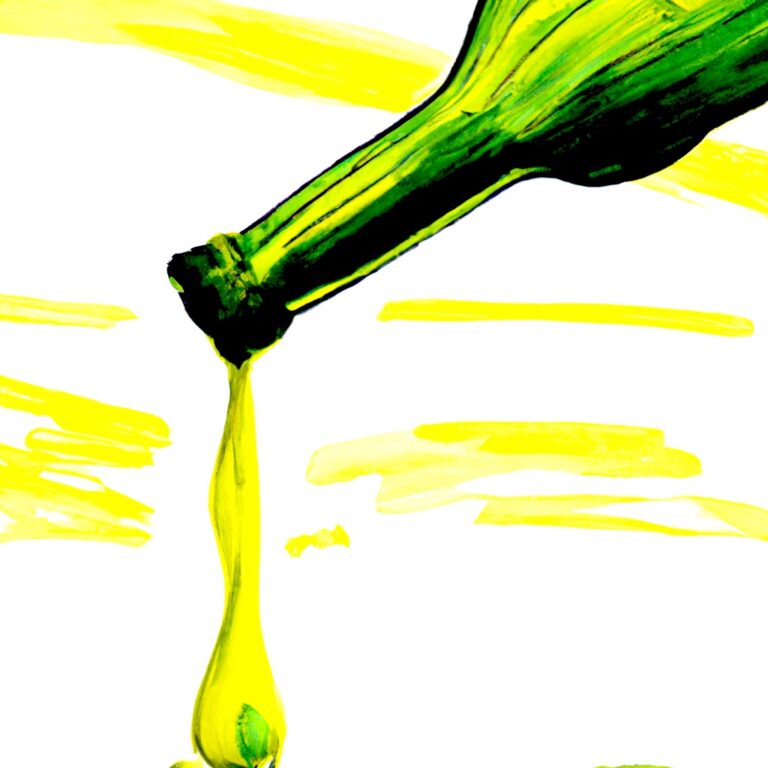
With production levels dwindling, many German wine circles are asking the uncomfortable question “Is Auslese finished?” David Schildknecht answers.
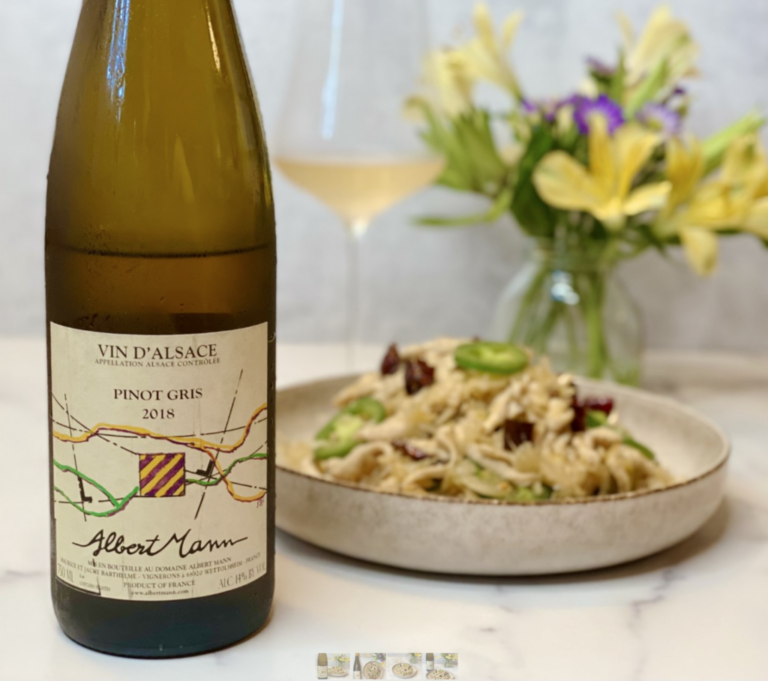
Joyce Lin gives a traditional and beloved Taiwanese dish an umlaut twist and a fresh French pairing.
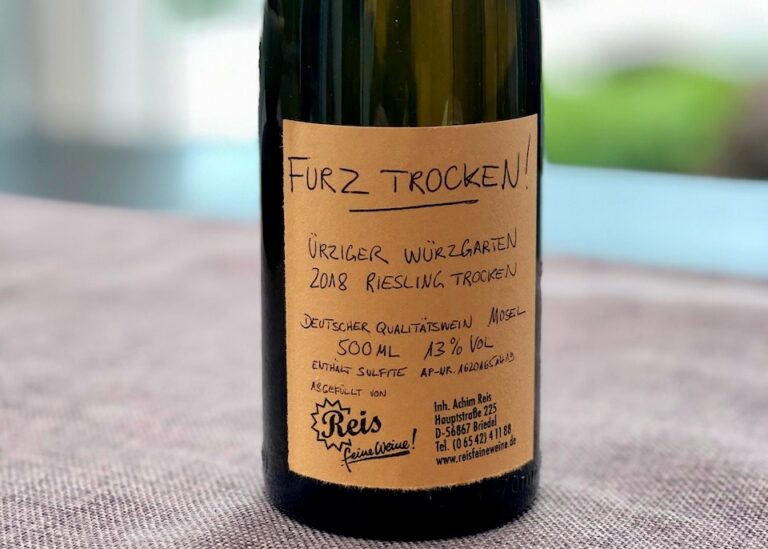
The dark wit of Berlin. Dangerously low water levels in the Rhine River. Black bread. Germany does trocken like few others. And then there’s the wine. Despite its reputation as the land of Blue Nun, more than 60 percent of the wines made in Germany are dry. And within that 60 percent, there are discernible levels of dry, drier, and driest. So dry, in fact, that there’s a strangely specific word for it. (Of course there’s a word. It’s Germany. There’s always a word.) Furztrocken. Fart Dry. Literally. As difficult to grasp as I find a term like feinherb, it’s Kinderspiel when compared to furztrocken. Then again, mindset…...
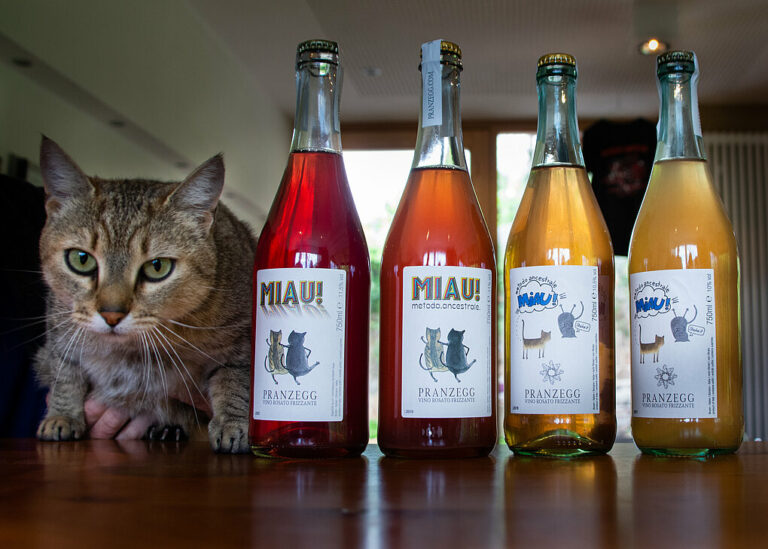
Miau! from Martin Gojer and Marion Untersulzner of Weingut Pranzegg in Bozen, South Tyrol could not be more “critter,” but is it also more? By Daniel and Liliana Schönberger
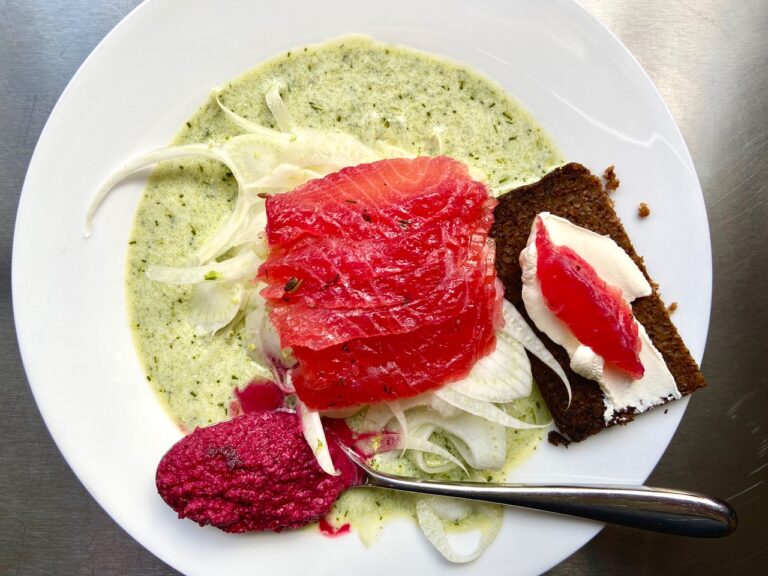
Curing fish is a bit like baking cakes: unless one follows a particular recipe to the letter, the final result inevitably contains an element or three of surprise. Once in the oven, once in the brine, the window for intervention has passed – leaving time and temperature as the only remaining levers. I clearly lack the discipline to work with exact measurements (thus explaining my ban from baking birthday cakes), but I do enjoy the imprecise, historical art of preserving food with salt. Think: classic Sauerkraut, southern German Surfleisch, or – well – salmon. This particular side of freshly caught salmon…...
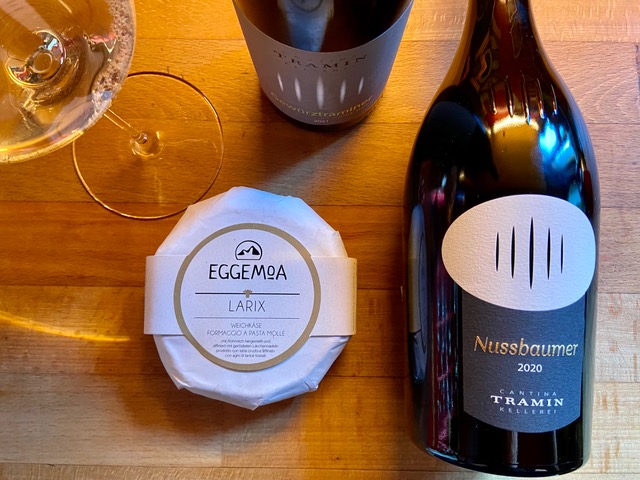
Earth and sky. Airborne and grounded. The power and pleasure of reimagined wine and cheese from Cantina Tramin and Eggemoa Dairy.
Enjoy unlimited access to TRINK! | Subscribe Today